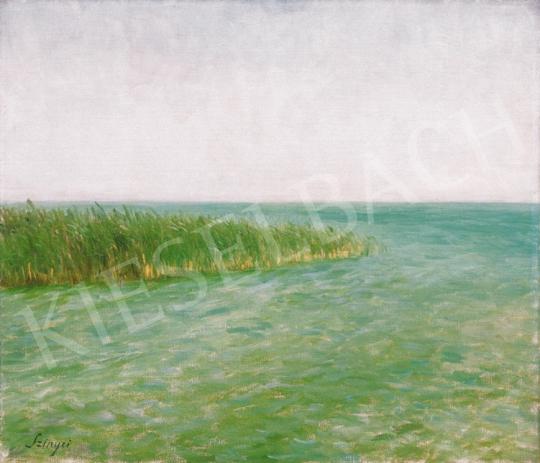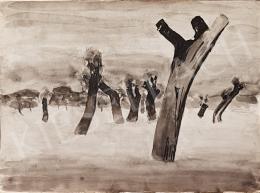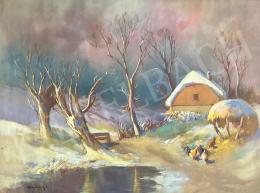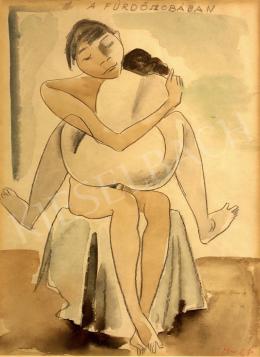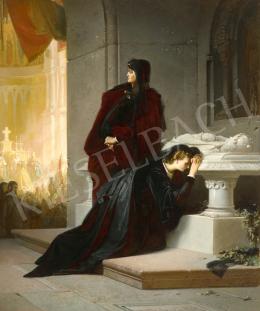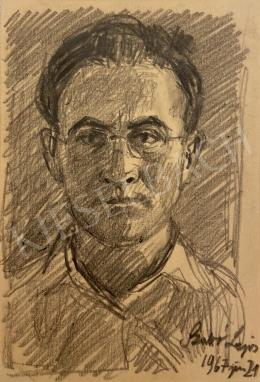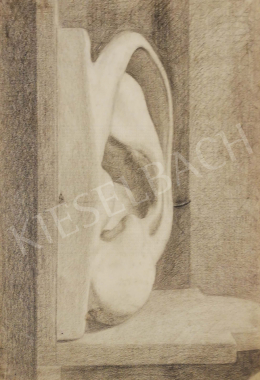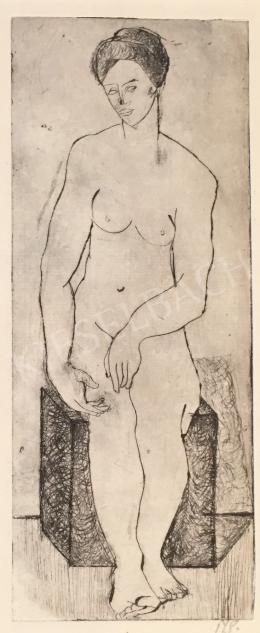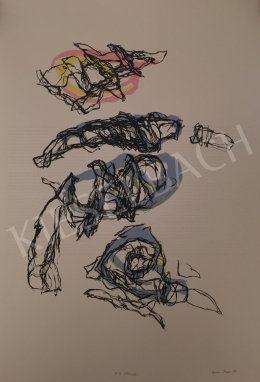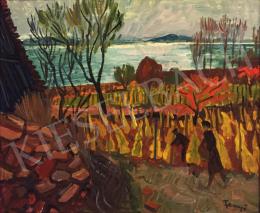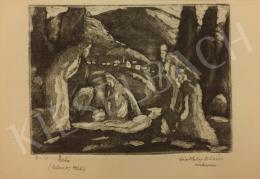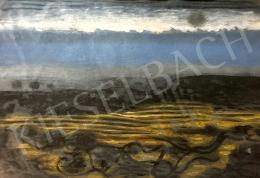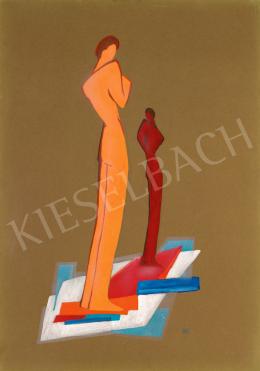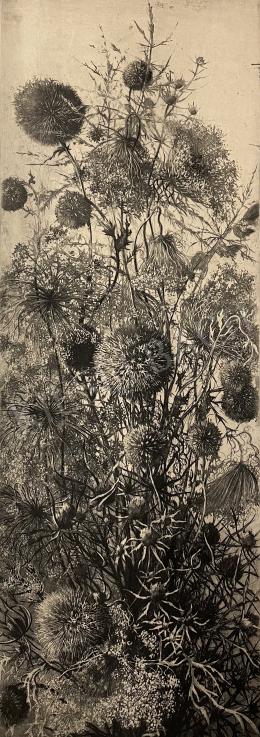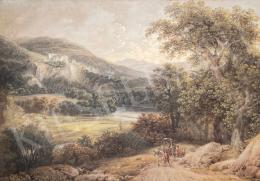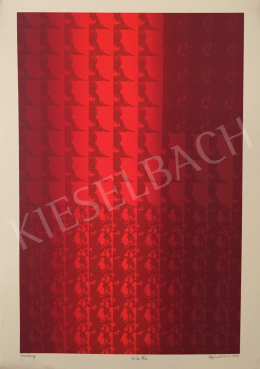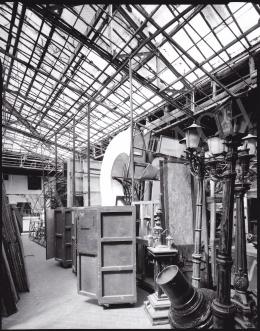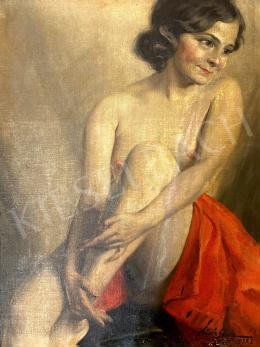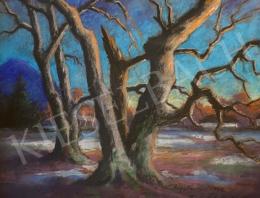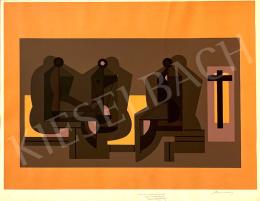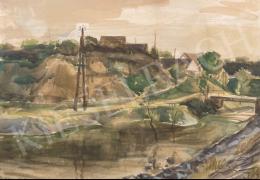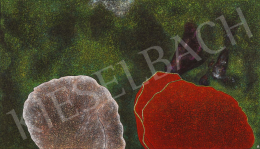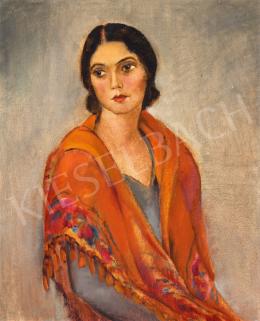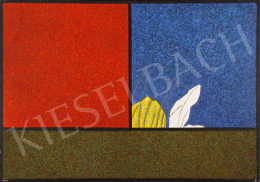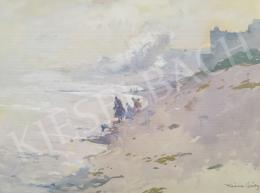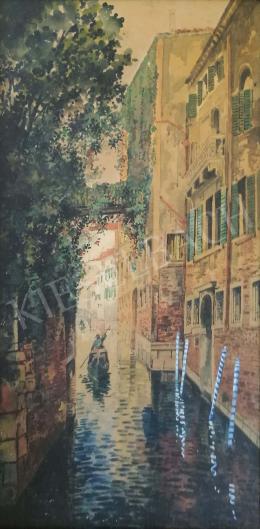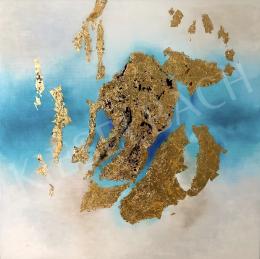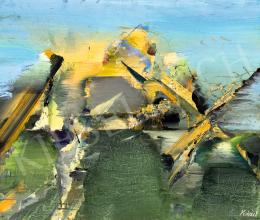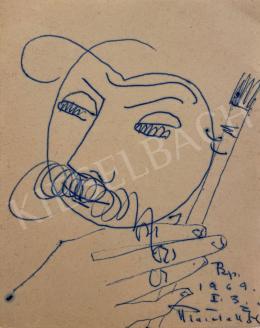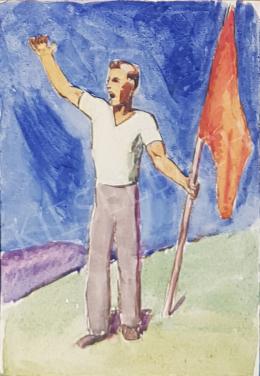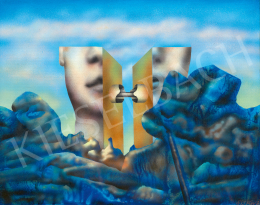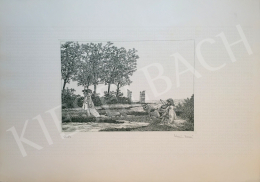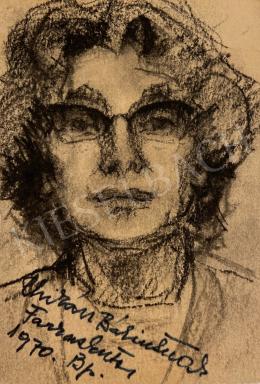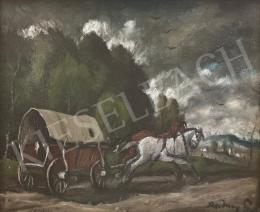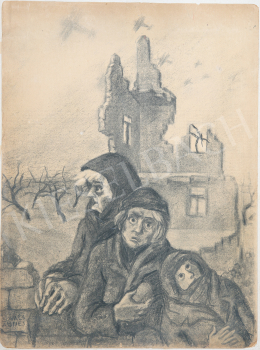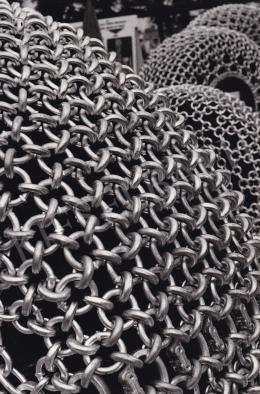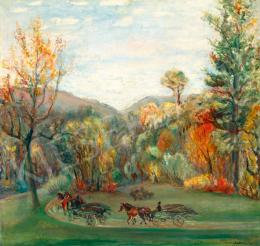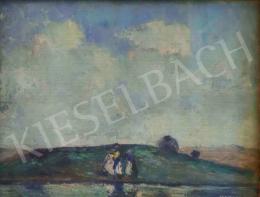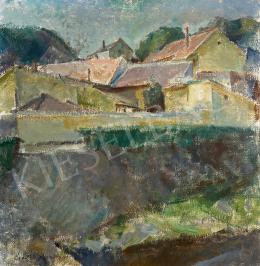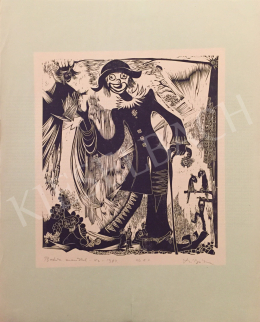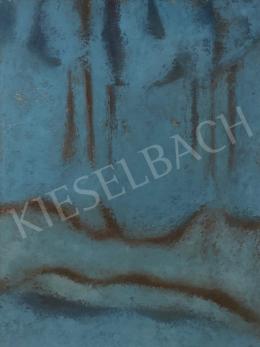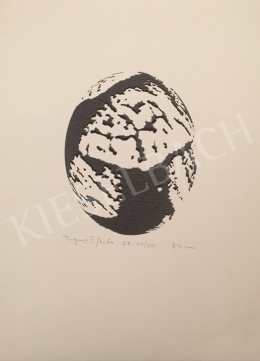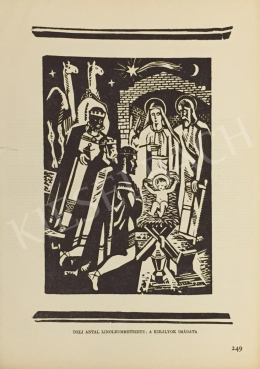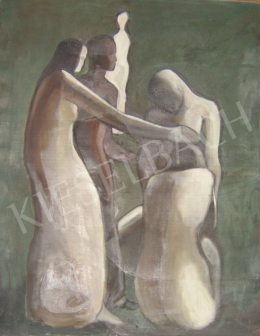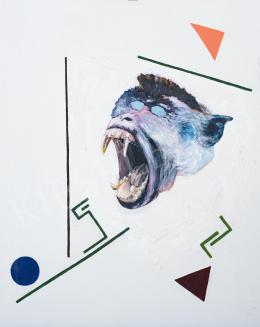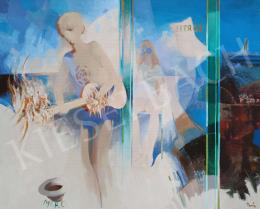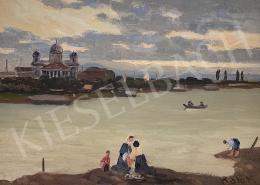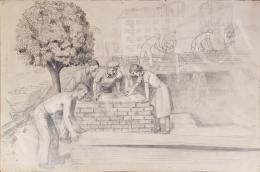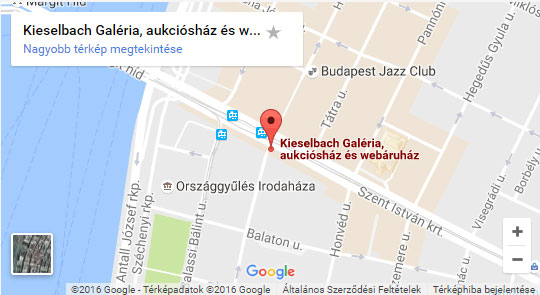Exhibited:
Új Művészcsoport I. kiállítása. (The 1st Exhibition of the New Group.) Nemzeti Szalon, Budapest, 1917-18. Cat. No. 17.
Literature:
Csánky, Dénes: A festői Balaton. Budapest, 1942.
Hoffman, Edith: Szinyei Merse Pál. Budapest, 1943.
Végvári, Lajos: Szinyei Merse Pál. Budapest, 1986.
Szinyei Merse, Anna: A Majális festője közelről. Budapest, 1989.
Szinyei Merse, Anna: Szinyei Merse Pál élete és művészete. Budapest, 1990.
According to the secondary literature, in the summer of 1894 a young artist visited the forgotten painter of the famous Picnic in his land in Jernye. Tivadar Zemplényi's mission was to 'wake' the artist who had been sleeping in Szinyei for ten years. The mission was successful, as the artist began to paint again and re-gained his just place in Hungary's art life. In 1896, he exhibited eight pictures at the millenary exhibition and the state bought his Picnic. The glory he had been longing for so long also arrived: at the World's Fair of 1900 the Melting of the Snow won the silver medal, and the Picnic won the gold medal in Munich in 1901. But the real amends for him was his appointment as the director of the Academy of Art. He also became the president of the famous circle MIÉNK (Circle of Hungarian Impressionists and Naturalists) and received his 'fans' at his table in the legendary café Japán. He did not forget about painting, either; he created sparkling, brilliant landscape at that time.
Being a successful artist, Szinyei could afford to paint only what he really felt close: the pleasant corners of the land in Jernye, the landscape in Sáros, the sea at Capri, and, at the end of his life, Lake Balaton. In the summer of 1916 and 1917 the painter preferred the lake to Jernye because of the war. He rented a villa with his family in Fonyód and painted his landscapes there, among them the picture presented here. One of his grandchildren wrote as follows: 'If the circumstances were ideal and he felt like painting, he was very quick-handed. During one of our summer holidays in Fonyód he found a beautiful reedy place for himself
at the coast of Lake Balaton. The following morning he sat into a boat with me and my brother, Ferkó, and we went there. At noon we could take home the finished picture! ' A photo is also known, in which Szinyei is working in Fonyód on a painting which is very similar to the one presented here. It is likely that the picture discussed here and the one with the title The Edge of Lake Balaton, which appears both in Edith Hoffman's catalogue of 1934 with the number 227 and the oeuvre catalogue by Szinyei Merse Anna with the number 246, are the same.
The picture discussed here is one of the most exiting Balaton-pictures. The only theme is the lake itself: the water, the reeds, the sky. There are no motifs in the foreground where the viewer's look could have a rest; there are no trees, no bushes, no rocks or figures, only the surface of the water which seems endless. Szinyei undertook a difficult task: he was wrestling with the huge water and the seemingly simple theme. As a real colorist and plein air painter, he is concentrating on the colors of value and the atmospheric effects. 'The compositional scheme of the picture, which is extremely simplified, serves to stress the vibrant yellowish-greenish colors of the water and the vaporous, bluish-rose tones of the sky.'(Szinyei 1990, 141-142.) At the end of his life Szinyei became an impressionist again. Looking at this picture the viewer can feel sorry for his sudden stop forty years earlier. Still, Szinyei created pictures of a European standard as a realist, naturalist and plein air painter alike. Citing Edit Hoffmann, 'he has preserved the instinct of searching; but while earlier he was looking for new problems, now [at the end of his life]he is looking for new motifs and symphonies. His contemporaries esteemed the universality of his art, we love the generosity of his human and artistic character. His significance, which goes over the borderlines of the country, assures a place for him among the innovative minds of European art.'(Hoffmann, 1943. 38.)
Hornyik, Sándor






